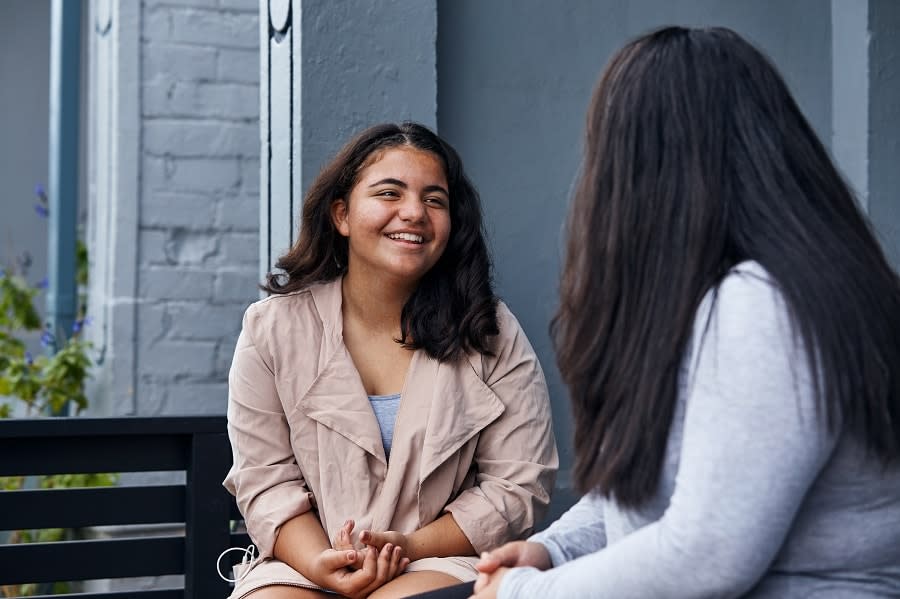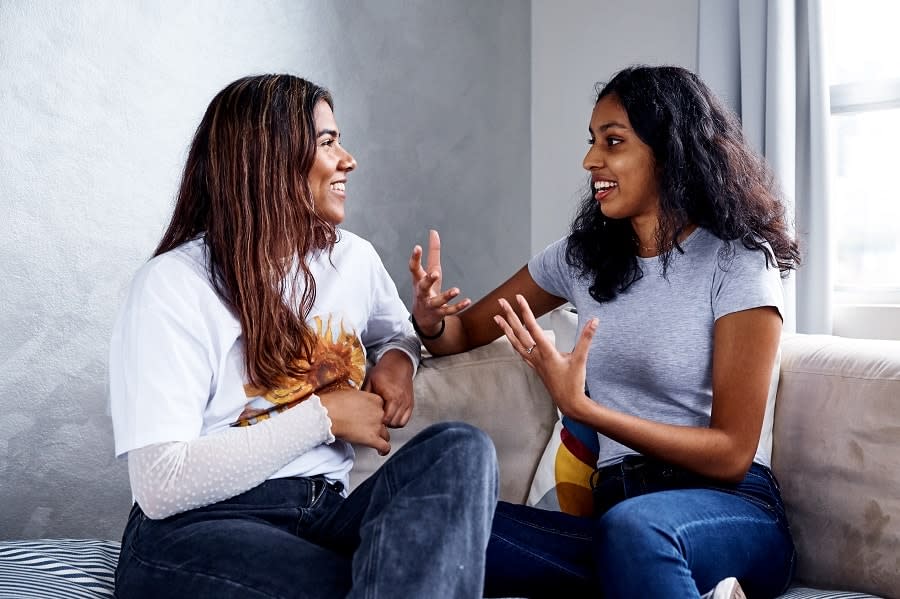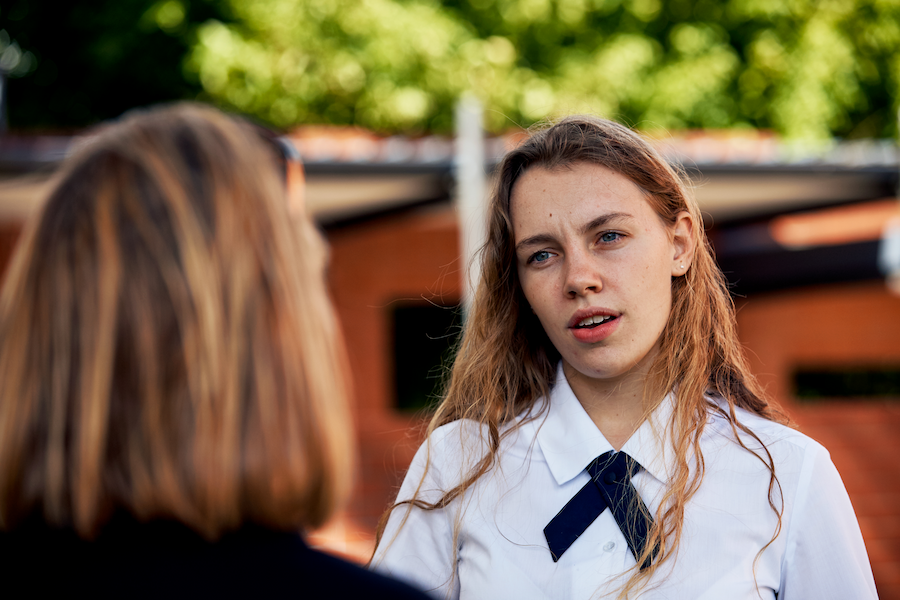Unfortunately, not all friendships are positive. Some can have a negative impact on students' lives and be considered toxic. Teach students how to recognise when a friendship is toxic, and to develop strategies to help them cope with these relationships.

Year level
7-8

Duration
60 minutes

Type
In class activity
Online learning

SEL Competencies
Social awareness
Relationship skills
Learning intention
Students learn how to recognise when a friendship is toxic, and to develop strategies for dealing with different situations.
Key outcomes
By the end of the lesson, students will be able to:
identify how positive and negative relationships make them feel
define a toxic relationship
describe how to deal with negative relationships
respond assertively to toxic relationship situations.
Materials needed
Access to the ReachOut.com articles ‘Is this a toxic friendship?’ and ‘Dealing with a toxic friendship’.
Students’ devices
Students’ workbooks
Post-It notes or equivalent
Mapped to
Australian Curriculum: Health and Physical Education
Analyse the impact of changes and transitions, and devise strategies to support themselves and others through these changes (AC9HP8P02)
Examine the roles of respect, empathy, power and coercion in developing respectful relationships (AC9HP8P04)
Australian Curriculum: General Capabilities
Personal and Social Capability:
Self-awareness
Self-management
Social awareness
Social management
NSW PDHPE Syllabus
Examines and evaluates strategies to manage current and future challenges (PD4-1)
Applies and refines interpersonal skills to assist themselves and others to interact respectfully and promote inclusion in a variety of groups or contexts (PD4-10)
Victorian Curriculum: Health and Physical Education
Evaluate strategies to manage personal, physical and social changes that occur as they grow older (VCHPEP124)
Investigate the benefits of relationships and examine their impact on their own and others’ health and wellbeing (VCHPEP127)
Activity 1
Post-It brainstorm: Positive and negative friendships
10 minutes
Provide students with Post-It notes or equivalent.
Ask students to write, on separate notes, words to describe both positive and negative friendships.
Draw two circles on the board. Label them ‘Positive’ and ‘Negative’.
Ask students to stick their notes on the board in the corresponding circle.
Discuss students’ answers.
Ask the class to write a description of a:
positive friendship
negative friendship.
Explain to students that sometimes a negative relationship is described as a toxic friendship.
Activity 2
Quiz: 'Is this a toxic friendship?'
15 minutes
Students independently access the ReachOut.com quiz ‘Is this a toxic friendship?’.
Students complete the quiz, which asks them to think about friendships in their lives. Students may wish to complete the quiz more than once as they think about different friendships.
At the conclusion of the quiz, students will be provided with a link to an article corresponding to their answers.
Encourage students to follow these links to learn more about next steps for their friendships.
Activity 3
Literacy activity: Dealing with a toxic friendship
20 minutes
Read to students the ReachOut.com article ‘Dealing with a toxic friendship’.
Pause after each paragraph and ask students which parts they think are important. Ask them to highlight these or to make a note of them.
Discuss each of these suggestions with the class. Do they have any thoughts on whether they are a good strategy?
When finished, allow students time to finalise and tidy their notes.
Debrief class discussion:
Each strategy suits different people and different situations. Some strategies could be used in isolation, while others might be better used in combination.
It's important to think about what you are comfortable doing and what you would like the outcome to be.
Activity 4
Reflection: Friendship issue scenario
15 minutes
Students describe in their workbook a scenario where they have had a conflict with a friend. If they can’t think of one, they could use a situation with a family member or one they have seen on TV or in a movie.
Students write down how they dealt with the situation.
Students form pairs and share their stories with each other.
As pairs, thinking about the strategies outlined in the article ‘Dealing with a toxic friendship’, students consider if there was a better way they could have handled the situation.
After a few minutes, ask pairs to share any themes or overall thoughts about their scenarios, and any strategies they think might have been worth trying in each situation.
Reminder: Students should be directed not to use any real names and to be considerate and respectful when listening to the stories of others.




